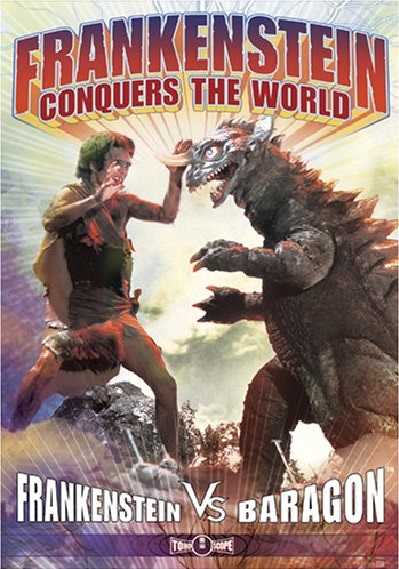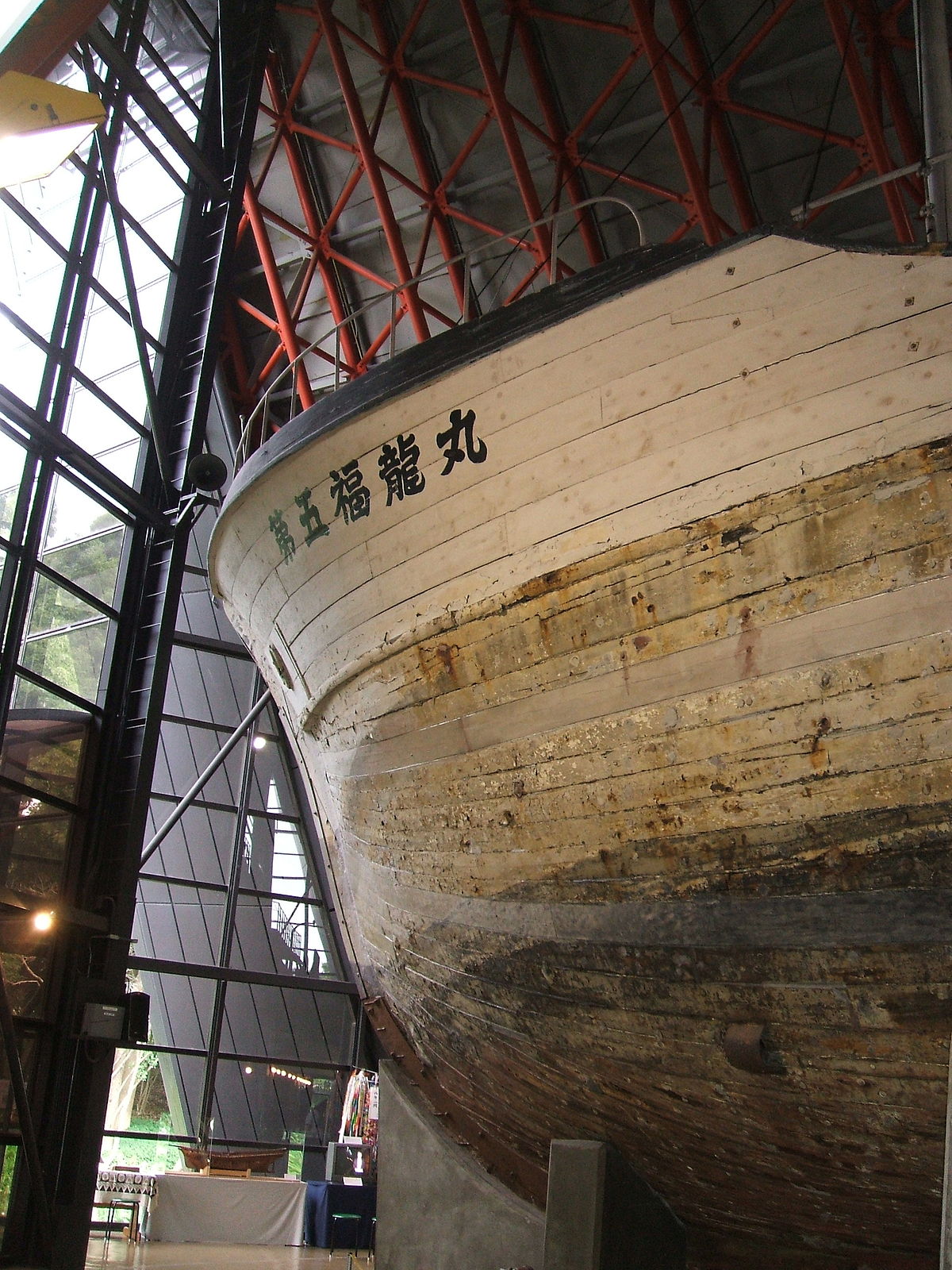I address the film’s depiction of the atomic bombing of Hiroshima, and how that scene is edited for the English-language version. Frankenstein is a stand-in for atomic bombing victims in this movie. I’ll pay attention to the scientific ethics explored in the story too. This movie is when screenwriter Takeshi Kimura started using a pseudonym, and with this movie, I don’t blame him. The related topic for this episode is Ryuichi Shimoda et al. v. The State, the case where atomic bomb victims sued for reparations.
This episode is dedicated to Showa era screenwriter Takeshi Kimura.
I’d like to send a shout-out to our patron Sean Stiff for donating at the Kaiju Visionary level and William Mize for donating at the Kaiju Commander level. Thank you for your support! I really appreciate it.
MP3:

Introduction: 0:00 – 2:38
Part 1 – Film Description: 2:38 – 10:18
Part 2 – Opinion and Analysis: 10:18 – 38:21
Part 3 – Related Topic: 38:21 – 46:58
Closing: 46:58 – End
Host/Editor/Director/Scenic Videos: Brian Scherschel
Video Location: Foellinger-Freimann Botanical Conservatory, Fort Wayne, Indiana
Music: Audiophiliac (www.fiverr.com/audiophiliac)
“Torii Gate” Banners: Kevin Geary (kevincgearydesign.com)
Logos: Nanoparticles (www.fiverr.com/nanoparticles)
Copyright Brian J. Scherschel
All Rights Reserved


